
Cargando...
What can I do?
226539 materialEducativo
textoFiltroFichaAbout this resource...
Rembrandt fue uno de los mayores maestros barrocos de la pintura y el grabado. El artista holandés es conocido por su especial habilidad para capturar las luces y sombras.
Entre las obras más destacada de Rembrandt se encuentran los maravillosos retratos de sus contemporáneos, como el Retrato de Cornelis Claesz Anslo, o los suyos propios: durante cuarenta años, Rembrandt pintó una cantidad notable de autorretratos (se conocen más de cien), obra que constituye una magnífica biografía única en la historia del arte. ¿Te imaginas cuántas imágenes suyas tendríamos si el artista hubiese vivido en la época del selfie?

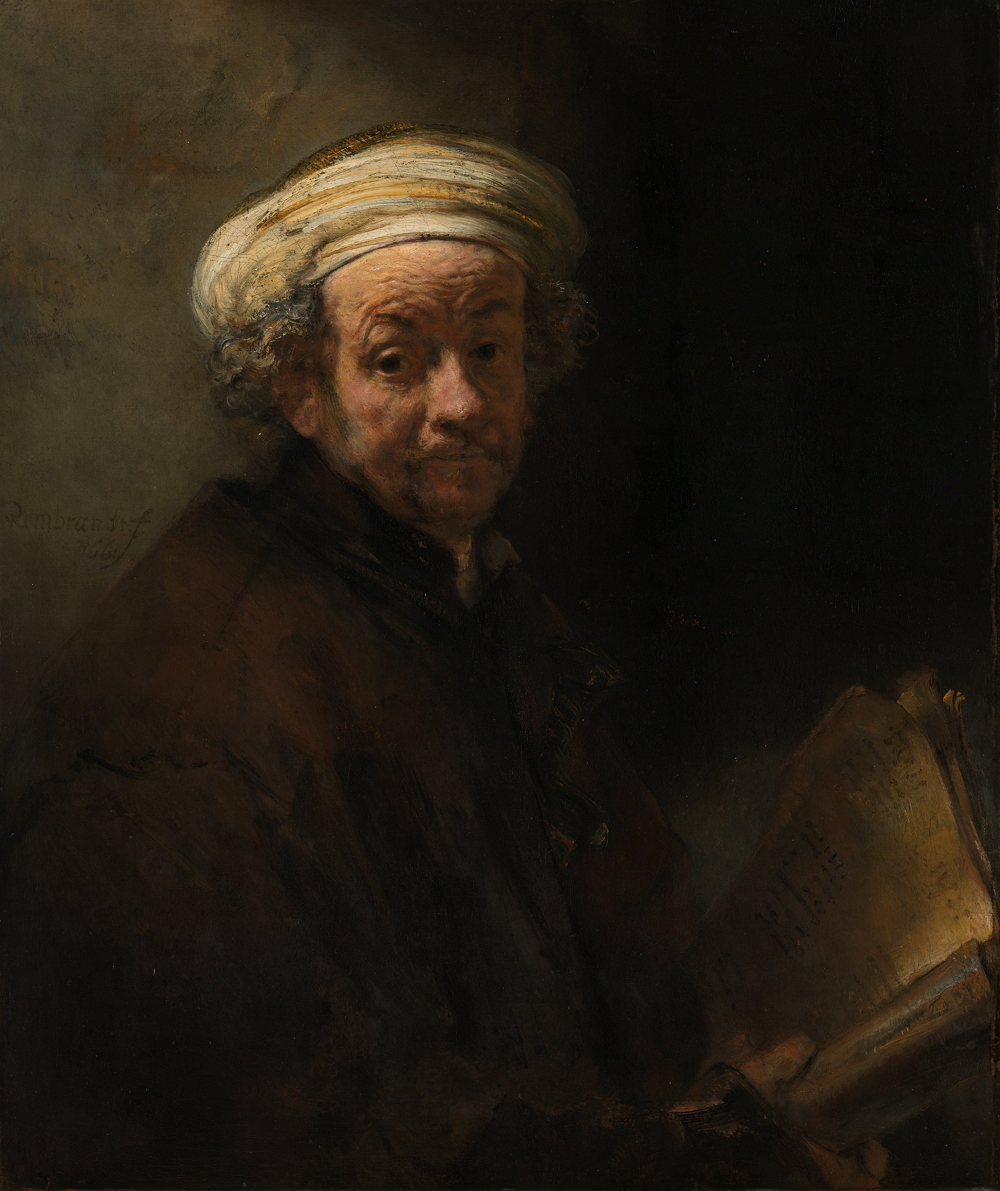
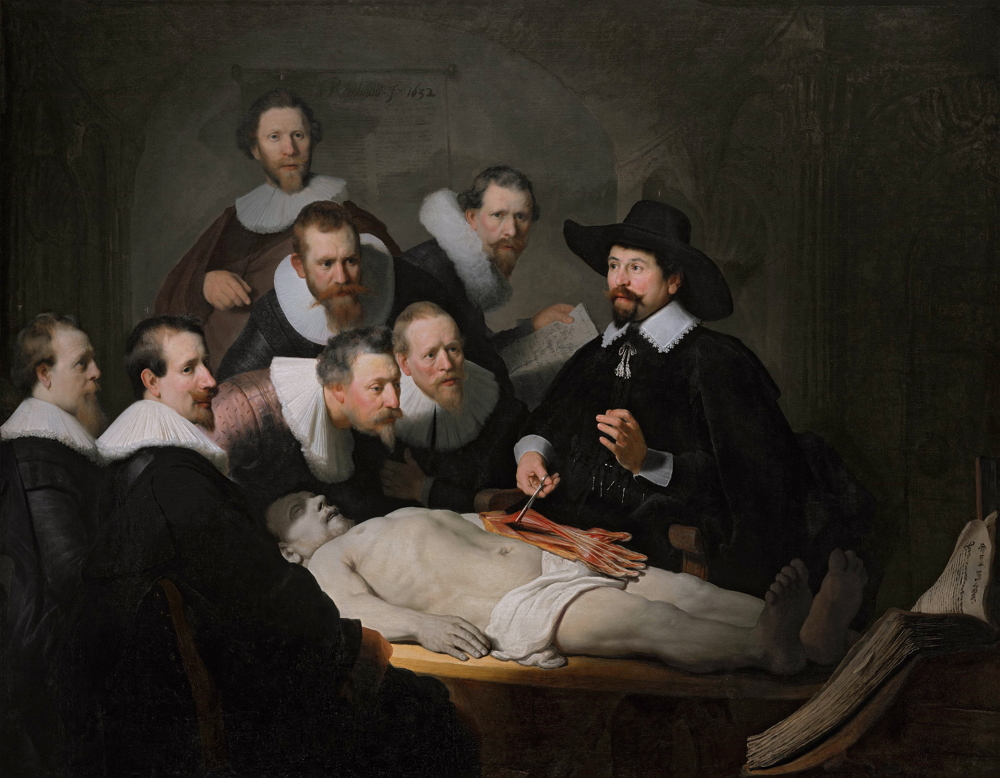
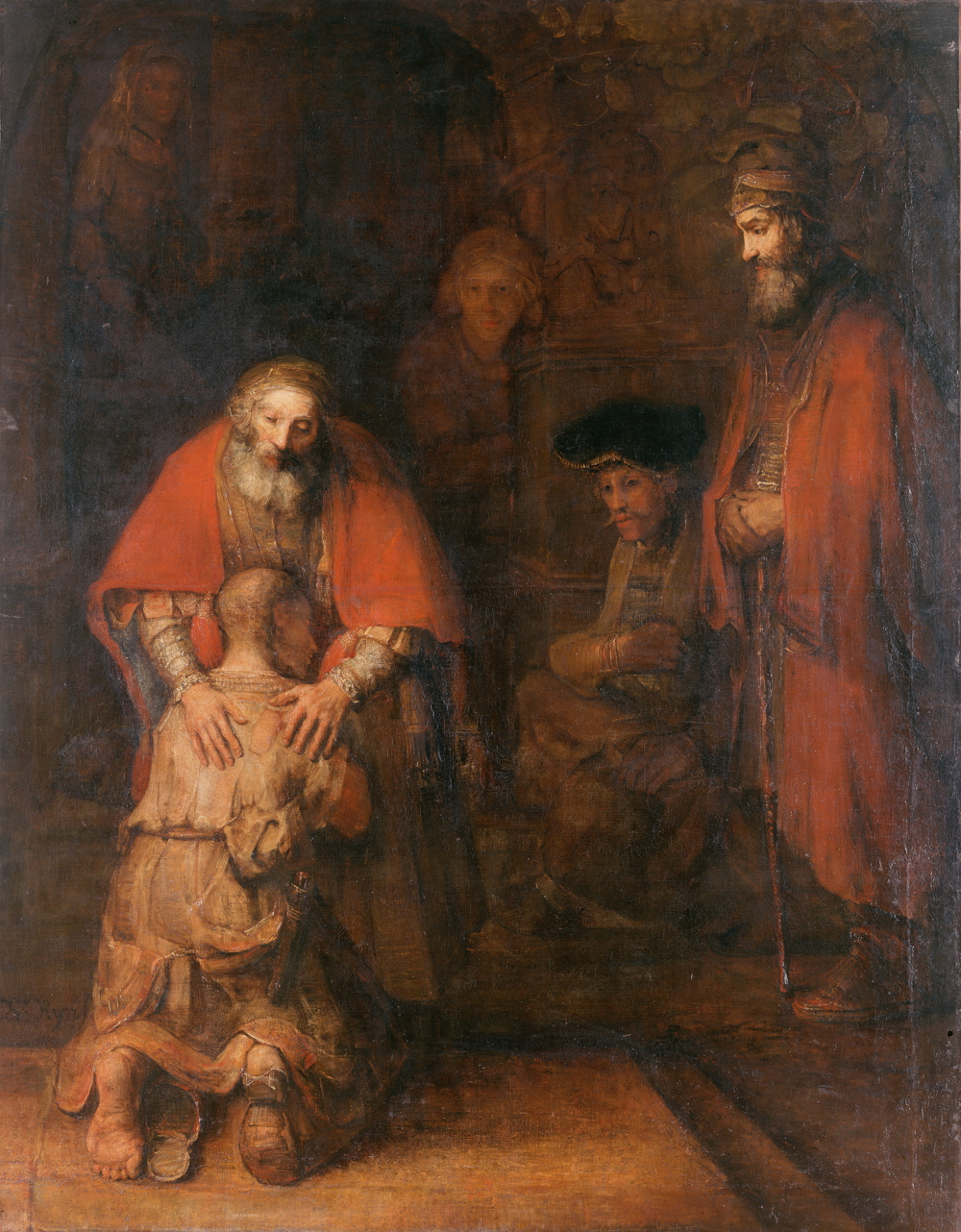
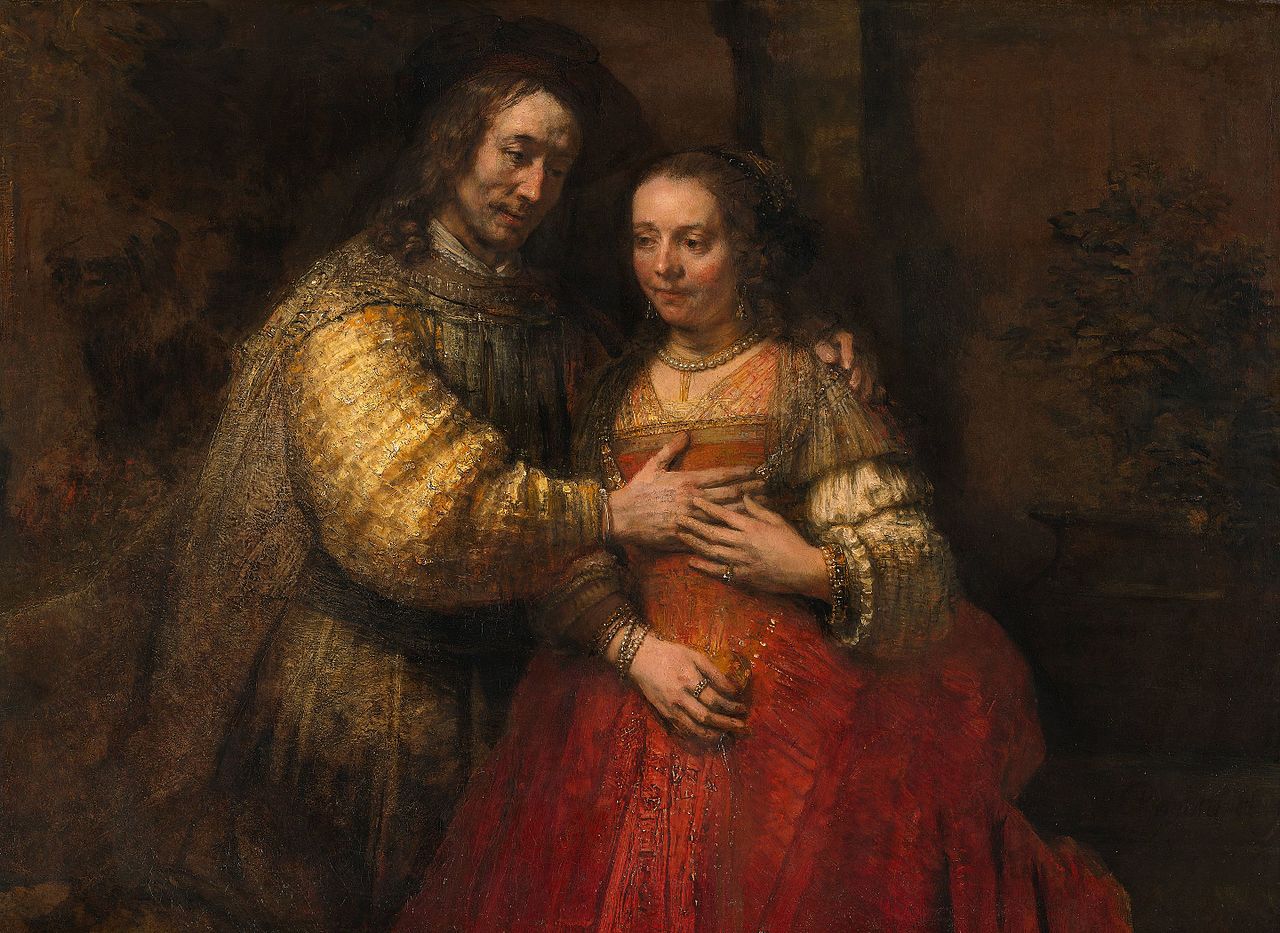
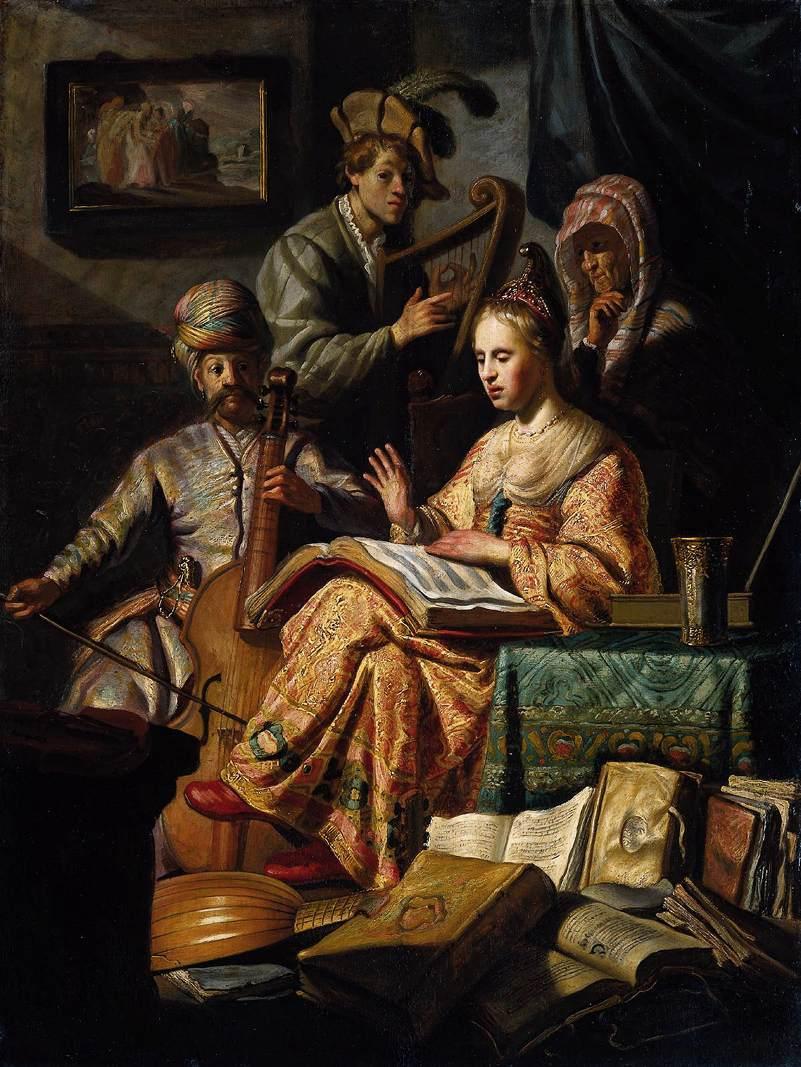
Exclusive content for members of

Mira un ejemplo de lo que te pierdes
Autores:
Si ya eres usuario, Inicia sesión
Add to Didactalia Arrastra el botón a la barra de marcadores del navegador y comparte tus contenidos preferidos. Más info...
Comment
0